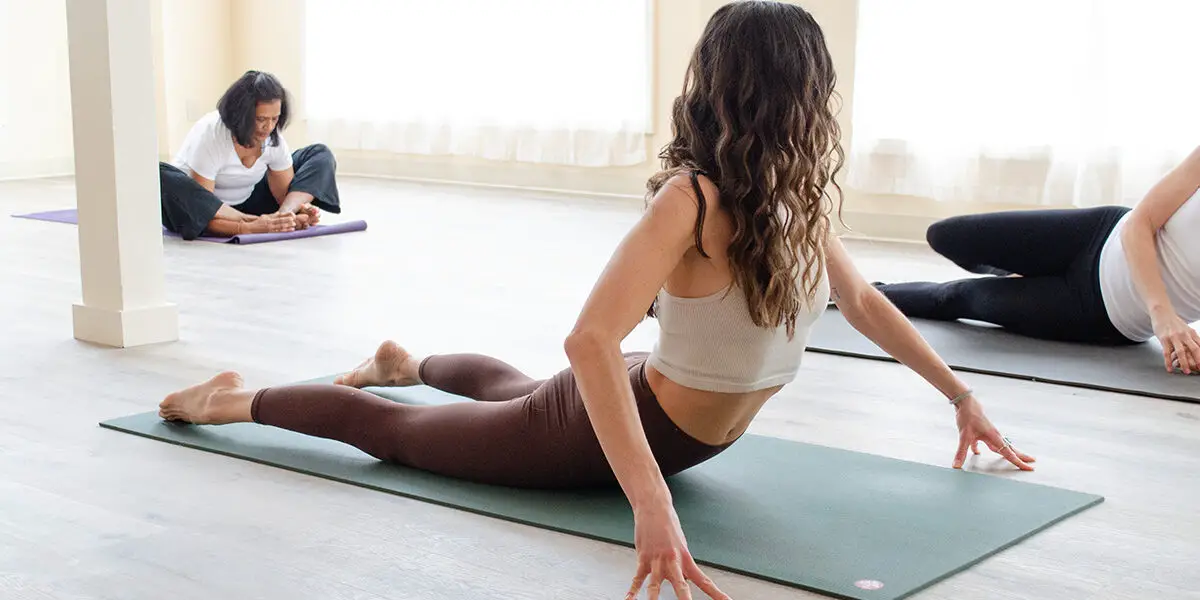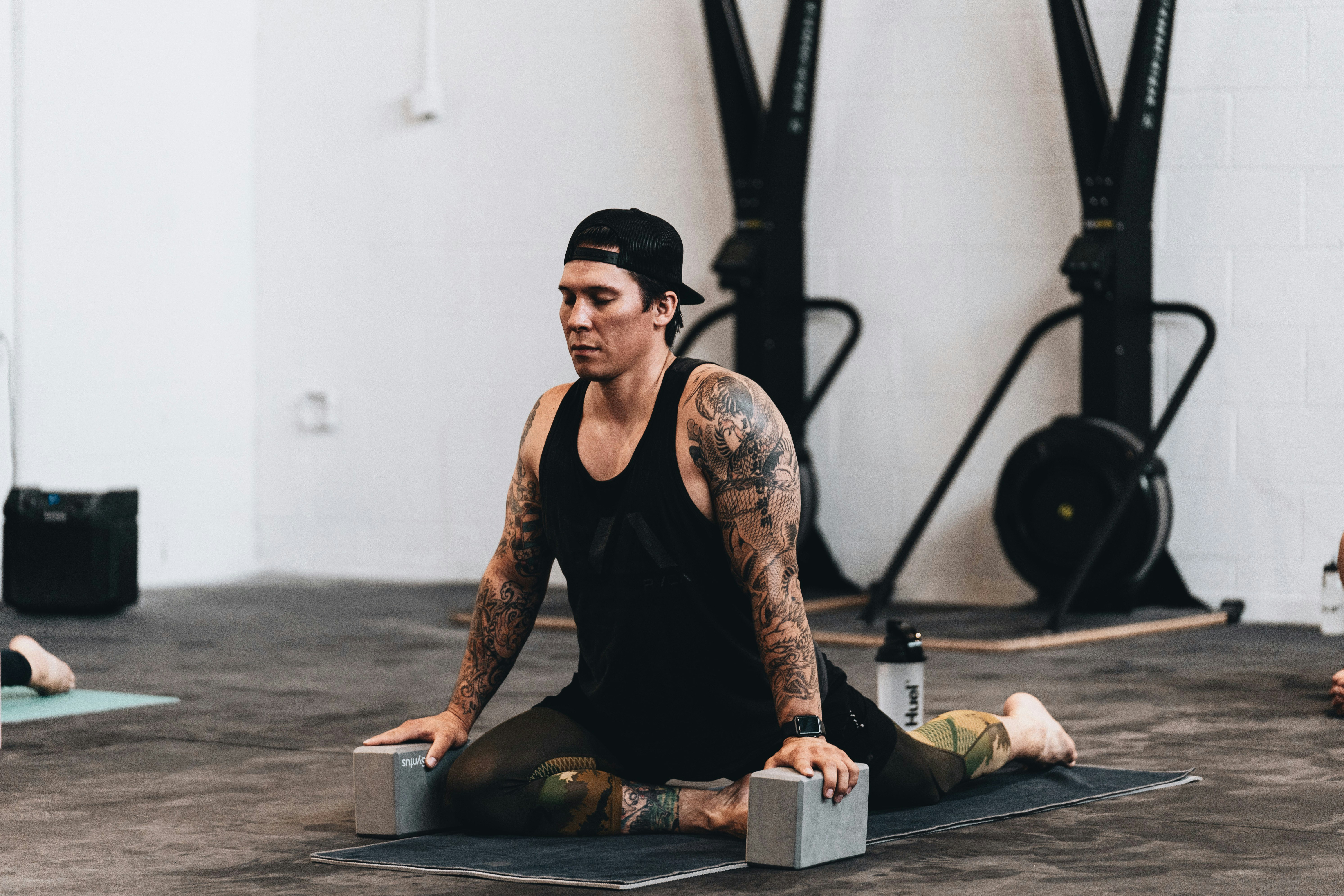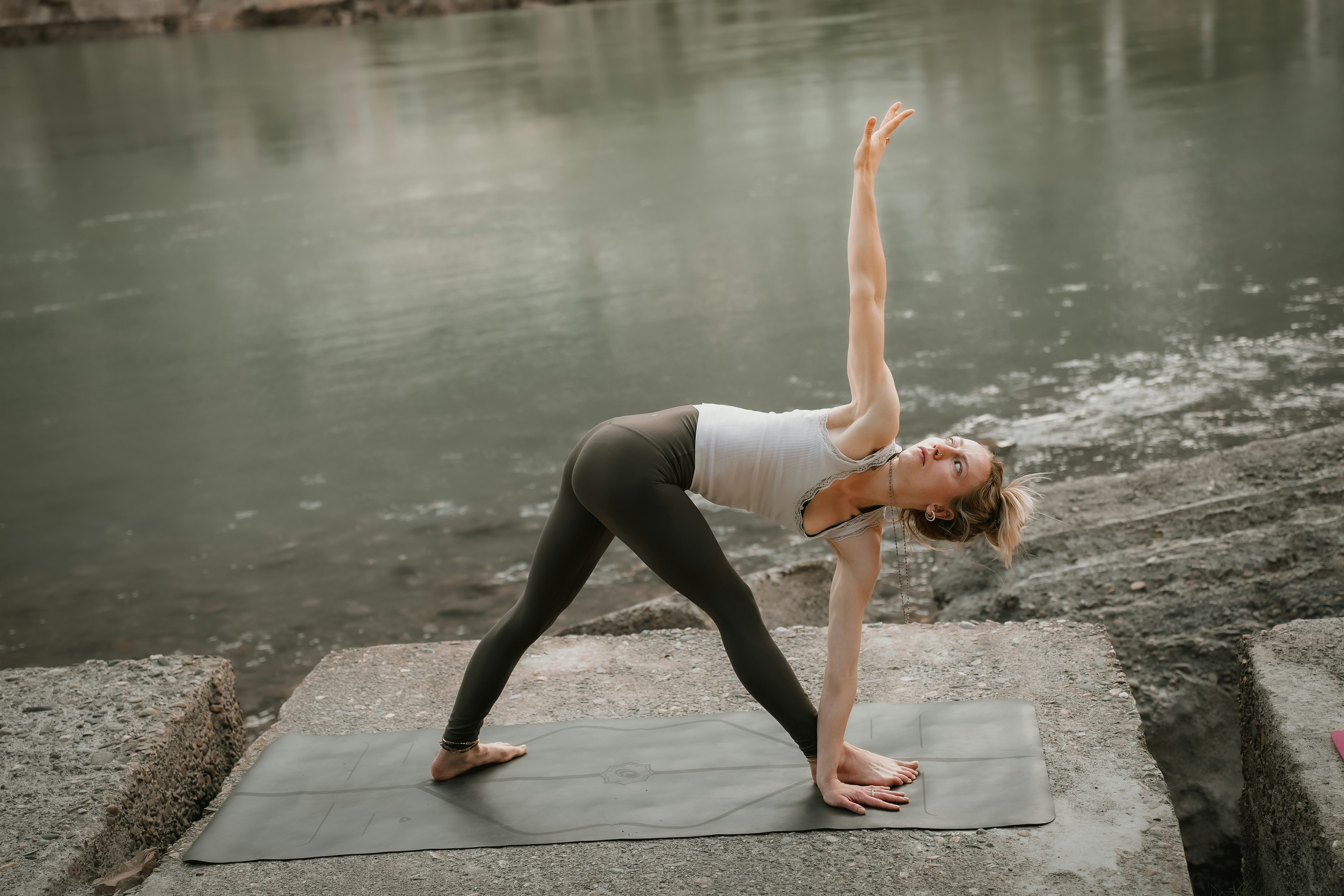Practice
History of Virabhadrasana: Understanding the Warrior Pose

Virabhadrasana, more commonly known as the Warrior Pose, is a staple in yoga practice and is widely regarded for its strength-building qualities. It not only shapes and strengthens the body but also carries with it a profound story of mythology and transformation. As someone deeply passionate about yoga, I’ve come to realize that each pose has a rich backstory that enhances the practice itself, and Virabhadrasana is no different. In this article, I’ll take you on a journey through the history of virabhadrasana, exploring its mythological origins and how it has become a fundamental part of modern yoga.
The Mythological Roots of Virabhadrasana
The history of virabhadrasana can be traced back to Hindu mythology, where it is deeply tied to the stories of gods, devotion, and cosmic battles. The name “Virabhadrasana” translates to “Pose of the Heroic Warrior,” and this warrior, Virabhadra, is a key figure in the tale that underpins the pose.
According to ancient Hindu texts, Virabhadra was created by Lord Shiva, one of the principal deities of Hinduism, in a moment of intense rage. The story begins with Sati, Shiva’s wife, who was deeply insulted by her father, Daksha. Daksha had decided to hold a grand sacrificial ceremony but intentionally left out Sati and Shiva from the invitation. Upset by the blatant disrespect, Sati attended the ceremony despite the absence of her husband. When Daksha insulted Shiva in front of the guests, Sati, in her grief and anger, immolated herself to end the shame.
Shiva, upon hearing of his wife’s tragic end, was overcome with sorrow and fury. He began to dance the destructive Tandava, a dance of creation and destruction, to express his grief and rage. From the intense energy of this dance, he created Virabhadra, a mighty warrior who embodied strength and vengeance. Virabhadra was sent to destroy Daksha’s sacrificial ceremony and to avenge the death of his beloved Sati. The pose known as Virabhadrasana captures the essence of this warrior—strength, determination, and resolve.
Connecting the Mythology to the Pose
When we practice virabhadrasana, we are not simply performing physical movements. The practice connects us to a deeper, symbolic meaning. Each of the three variations of this pose—Virabhadrasana I, II, and III—reflects the energy of Virabhadra. As you practice, you are embodying the warrior’s resolve and power.
In my own practice, I’ve found that every time I transition into Virabhadrasana I, I am reminded of the energy Virabhadra embodies. The pose requires strength and focus, mirroring the fierce determination the warrior had when facing the challenges of life. By drawing on the warrior’s qualities, I can channel strength not just in my body but in my mind and spirit as well.
Exploring the Three Variations of Virabhadrasana
Virabhadrasana is a versatile pose with multiple variations, each one offering its own unique benefits and connection to the warrior’s spirit.
Virabhadrasana I (Warrior I)
Virabhadrasana I is the first variation, and it is characterized by a strong, grounded stance. To perform this pose, you start by stepping one foot forward while the other foot remains extended behind you. Your arms extend upward, creating a powerful sense of reach. The deep bend in the front knee and the elongation of the back leg help create a balanced sense of strength and flexibility.
In this pose, I often feel a deep connection to Virabhadra’s stance as he faces his enemies, ready for battle. The grounded stance of the front leg and the extension of the arms create a sense of power and readiness. The energy of this pose represents the courage to stand firm in the face of adversity, just like the warrior Virabhadra.
Virabhadrasana II (Warrior II)
Virabhadrasana II takes the energy of Virabhadrasana I and opens it up even further. In this variation, the arms extend parallel to the ground, and the torso opens to face the side. The front knee bends deeply while the back leg remains straight, and the gaze is directed over the front hand. This version of the warrior pose is excellent for building strength, particularly in the legs, hips, and core.
In my practice, I find Virabhadrasana II to be a powerful reminder to stay focused and resilient. The openness in the chest and the expansive reach of the arms evoke a feeling of both strength and calm, much like the determination that Virabhadra had as he carried out his mission. It’s a pose that not only builds physical strength but also helps instill mental fortitude.
Virabhadrasana III (Warrior III)
Virabhadrasana III is the most challenging of the warrior poses and requires balance, strength, and concentration. In this variation, you balance on one leg while extending the other leg behind you, parallel to the ground. The arms extend forward, and the body forms a straight line from fingertips to toes. This pose calls for focus and stability as it tests both physical and mental endurance.
For me, Virabhadrasana III embodies the warrior’s inner balance. The mental clarity and concentration required in this pose symbolize the warrior’s unwavering resolve and focus. As you hold the pose, you begin to understand how Virabhadra, despite his external fierceness, also needed to maintain inner steadiness to carry out his mission. It’s a pose that challenges not only the body’s strength but also the mind’s ability to stay present.
The Benefits of Practicing Virabhadrasana
The history of virabhadrasana is not only about the mythology behind the pose, but also about the physical and emotional benefits it offers to practitioners. As I’ve practiced these variations, I’ve experienced numerous benefits.
Strengthening the Body
One of the most apparent benefits of virabhadrasana is its ability to strengthen the legs, arms, and core. The deep lunges and extension of the limbs help to build endurance, flexibility, and overall muscle tone. It’s a powerful pose that engages multiple muscle groups at once, making it an excellent addition to any yoga routine.
Boosting Mental Focus
On a mental level, the history of virabhadrasana encourages a focused mind. By embodying the warrior’s strength and resilience, I’ve noticed that I can face life’s challenges with a greater sense of calm and determination. The warrior’s resolve is not only about physical strength but also about mental clarity and the ability to persevere.
Enhancing Flexibility and Posture
The extended stance of virabhadrasana helps open up the hips, chest, and shoulders, promoting improved flexibility and posture. I’ve personally found that regular practice of this pose has greatly improved my flexibility, particularly in the hips and lower back.
Conclusion
The history of virabhadrasana is rich in mythology, representing the strength, courage, and determination of the warrior Virabhadra. Through the practice of this pose, we connect with the fierce energy of the warrior and develop our own strength and resilience. Whether you are practicing Virabhadrasana I, II, or III, each variation of the pose offers its own unique set of benefits, both physical and mental. As I’ve continued to explore the depth of this pose, I’ve found that it not only strengthens my body but also empowers my mind and spirit, helping me to face life’s challenges with a warrior’s heart.
With every practice, I am reminded of the powerful mythological roots of virabhadrasana and the warrior spirit that lives within us all.










